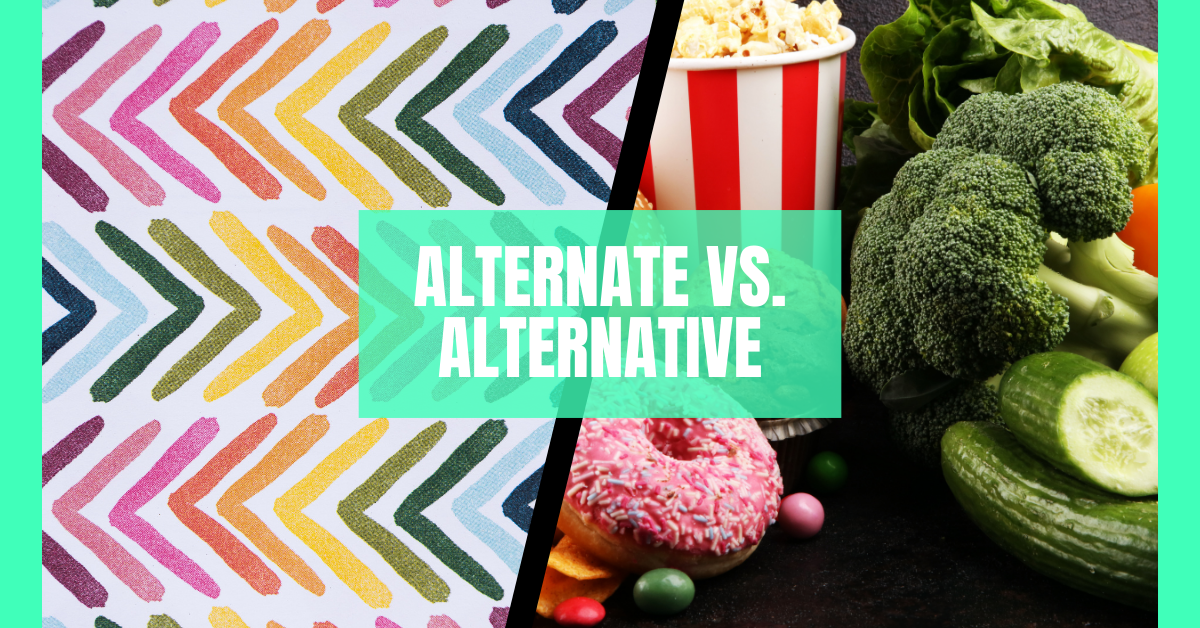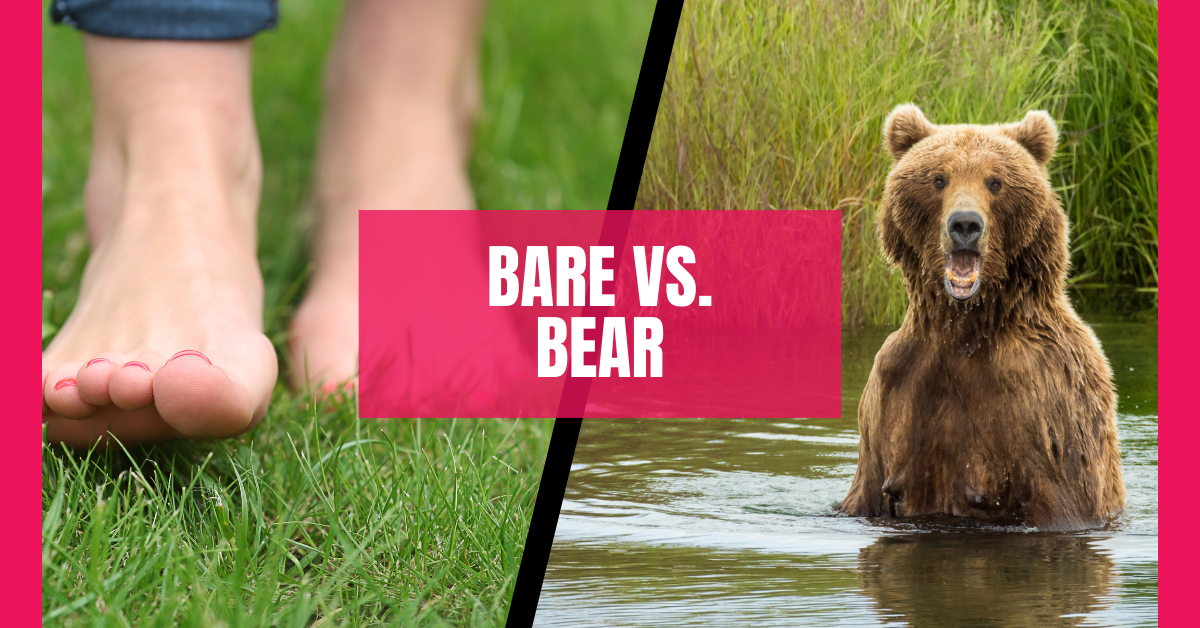Mastering To, Too, and Two: The Simple Guide to Avoid Confusion

Mastering To, Too, and Two: The Simple Guide to Avoid Confusion
To vs. Too vs. Two: A Simple Guide to These Commonly Confused Words
The English language is full of words that sound the same but have different meanings. One of the most common sets that can trip people up is “to,” “too,” and “two.” While they may sound identical when spoken, their meanings and usage are quite distinct. If you’ve ever been confused about which one to use, you’re not alone! This guide will break down the differences and help you master these three little words.
Source: Learn English Coach YouTube Channel
1. To
The word "to" is one of the most frequently used prepositions in the English language. It often indicates the direction, purpose, or the recipient of an action. Let’s look at some examples:
Direction:
She’s going to the store.
Purpose:
I came to help you with your homework.
Recipient:
Please give this note to your teacher.
In addition to acting as a preposition, "to" can also appear before verbs in their base form, creating what is known as an infinitive:
I want to eat dinner early tonight.
He needs to finish his assignment.
So, when should you use "to"? When you’re indicating movement toward something, showing purpose, or linking with a verb to express action.
2. Too
"Too" is used as an adverb, and it can have two main meanings: "also" or "excessively." Here’s how to use it correctly:
Also:
I’d like to come too.
(This means “I’d like to come as well.”)
Excessively:
It’s too hot outside today!
(In this case, "too" means "more than is comfortable or desirable.")
One helpful tip for remembering when to use "too" is to ask yourself if the word could be replaced with “also” or “excessive.” If the answer is yes, "too" is probably the right choice.
She speaks too loudly in class. (excessively)
I want dessert, too. (also)
3. Two
"Two" is by far the simplest of the three, as it refers to the number 2. Any time you are talking about the numerical value, you will use "two."
I have two cats.
She’s going to be two years old next week.
While this word may look similar to "to" and "too," it’s easy to remember because it always deals with numbers.
How to Tell Them Apart
If you’ve ever written a sentence and paused, wondering which version of this trio to use, here are a few quick tricks to help you make the right choice:
To is most commonly used when you’re showing direction or purpose. Remember, "to" is like the arrow pointing somewhere.
Too has an extra "o," which is fitting since it means "in addition" or "excessively"—think of it as "too much."
Two is simply the number 2. If you're dealing with numbers, this is the word to go with.
Let’s see these words in action together:
I’m going to the park. (direction)
Can I come too? (also)
We need to buy two sandwiches. (number)
Common Mistakes
Despite understanding the rules, it's easy to slip up. Here are a couple of the most common mistakes people make when using "to," "too," and "two."
Mistake 1: Using "to" instead of "too"
I ate to much pizza last night.
In this case, "too" should be used because it describes an excessive amount. The correct sentence is:
I ate too much pizza last night.
Mistake 2: Using "too" instead of "to"
I need too go to the store.
Here, "too" is incorrect because we indicate movement or direction. The correct sentence should be:
I need to go to the store.
Mistake 3: Confusing "two" with "to" or "too"
She has to dogs.
Since we’re referring to the number of dogs, we need to use "two" instead:
She has two dogs.
Final Thoughts
The differences between "to," "too," and "two" might seem small, but they can make a big difference in your writing. Now that you understand the meanings and proper usage of each word, you’ll be able to avoid the common pitfalls that come with them. Just remember:
Use "to" for direction, purpose, or as part of an infinitive verb.
Use "too" when you mean "also" or "excessively."
Use "two" when you’re talking about the number 2.
Mastering these three words may feel like a small victory, but it’s one that will significantly improve your written communication. Keep practicing, and soon, choosing between "to," "too," and "two" will come naturally!
FREE Quiz
Take our free quiz to test your knowledge of “To,” “Too,” and “Two.” 👉 Click Here to Start the Quiz






